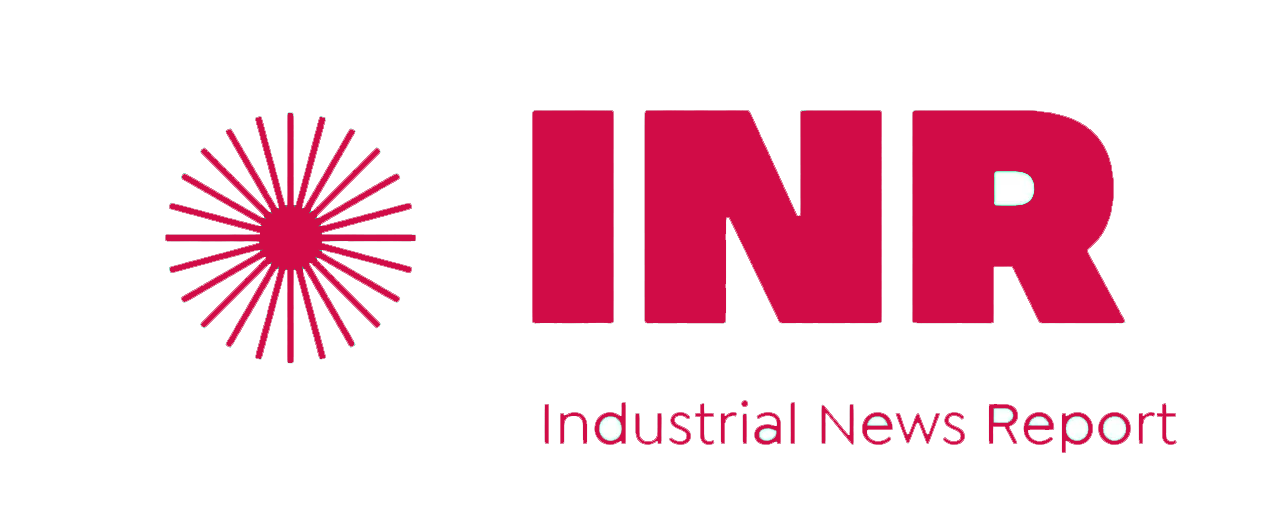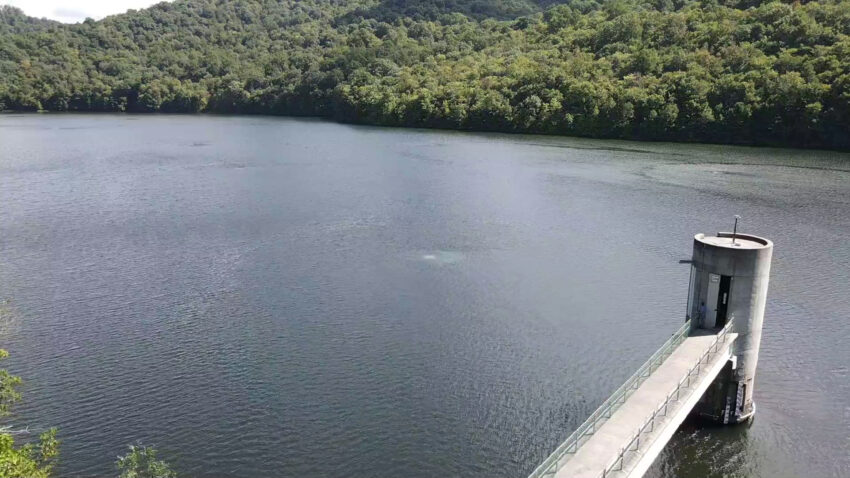For over 25 years, efforts by the EPA and NOAA to control eutrophication and hypoxia have failed, worsening toxic cyanobacterial blooms. Traditional reactive strategies have proven inadequate, necessitating a fundamental shift toward structured risk management.
A new approach, aligning with GAO recommendations, integrates risk identification, analysis, and targeted mitigation. The Reservoir Risk Assessment and Tracking System (RRATS) and the Reservoir Risk Index (RRI) provide objective risk scoring, enhancing decision-making and sustainability.
Risk Identification
Reservoir integrity is threatened by environmental and human factors, including:
• Climate Change & Extreme Weather – Droughts concentrate nutrients, heat waves fuel cyanobacteria.
• Historic Nutrient Accumulation – Sediments store phosphorus and nitrogen, releasing them under hypoxic conditions.
• Urban Development – Runoff and wastewater contribute excess nutrients.
• Flawed Management Practices – Algaecides worsen oxygen depletion, exacerbating harmful blooms.
• Public Health & Economic Risks – Cyanobacteria toxins endanger drinking water, increasing litigation and costs.
Risk Analysis
The GAO highlights deficiencies in monitoring, control, and mitigation. Current methods react to blooms rather than preventing them. Effective strategies require real-time tracking of oxygen levels, predictive modeling, and proactive nutrient management.
Risk Evaluation
To assess and manage risks objectively, new metrics are needed. In response to the GAO, the Reservoir Risk Assessment and Tracking System (RRATS) was developed to monitor key indicators like oxygen levels, cyanobacteria, and sediment nutrients, enabling data-driven risk assessment and prevention.
The Reservoir Risk Index (RRI) uses RRATS data to generate risk scores, identifying high-risk reservoirs, forecasting trends, optimizing resources, and improving communication.
The GAO stresses that prevention is key. RRATS and RRI support this by tracking efforts to mitigate hypoxia and harmful algal blooms (HABs) through oxygenation, nutrient control, sediment management, and biological enhancements.
Proactive Solutions
Prevention is the key to long-term reservoir sustainability. Key strategies include:
• Oxygenation – The RADOR system ensures consistent oxygen levels, preventing hypoxia.
• Bio-Dredging – Uses biological processes to break down excess sediment nutrients.
• Biological Augmentation – Introduces micronutrients to limit cyanobacteria growth and restore ecosystem balance.
The Path Forward
With growing environmental pressures, proactive risk management is essential. RRATS and RRI offer a data-driven framework to prioritize interventions, mitigate risks, and ensure sustainable reservoir health.
Learn more about these advancements in reservoir management today. For more information, visit www.clean-flo.com; email contact@clean-flo.com; or call 1-800-328-6656.

